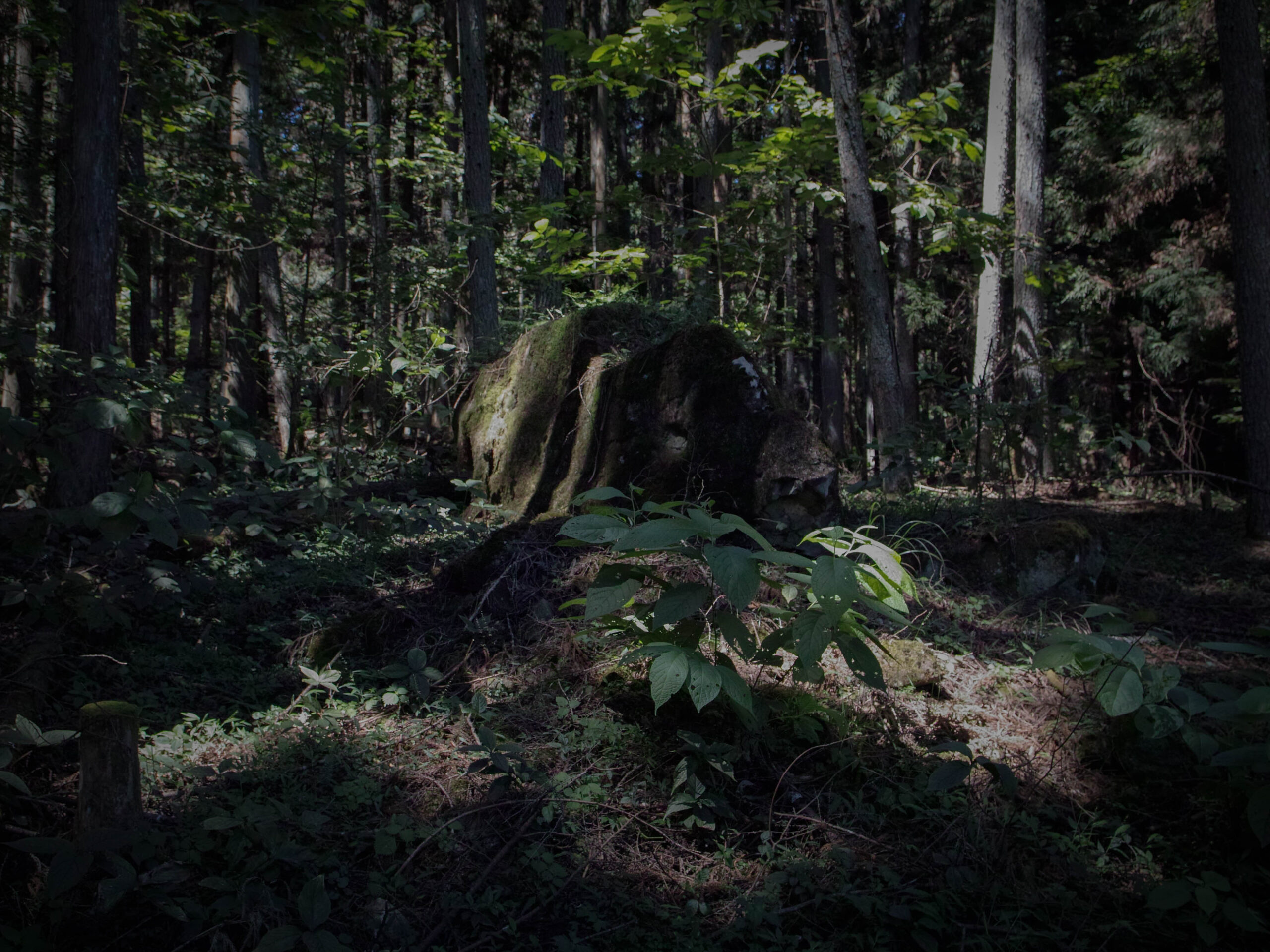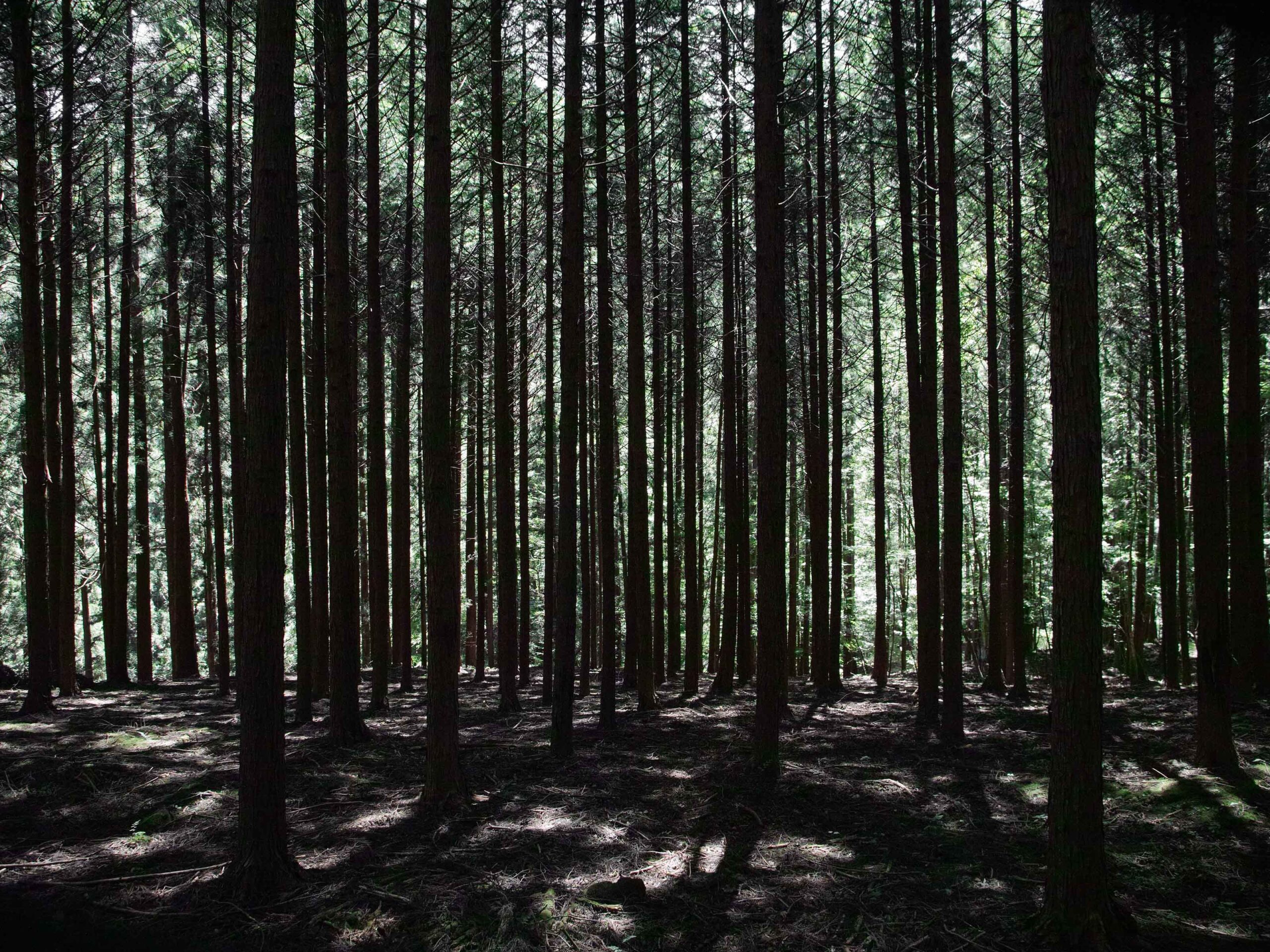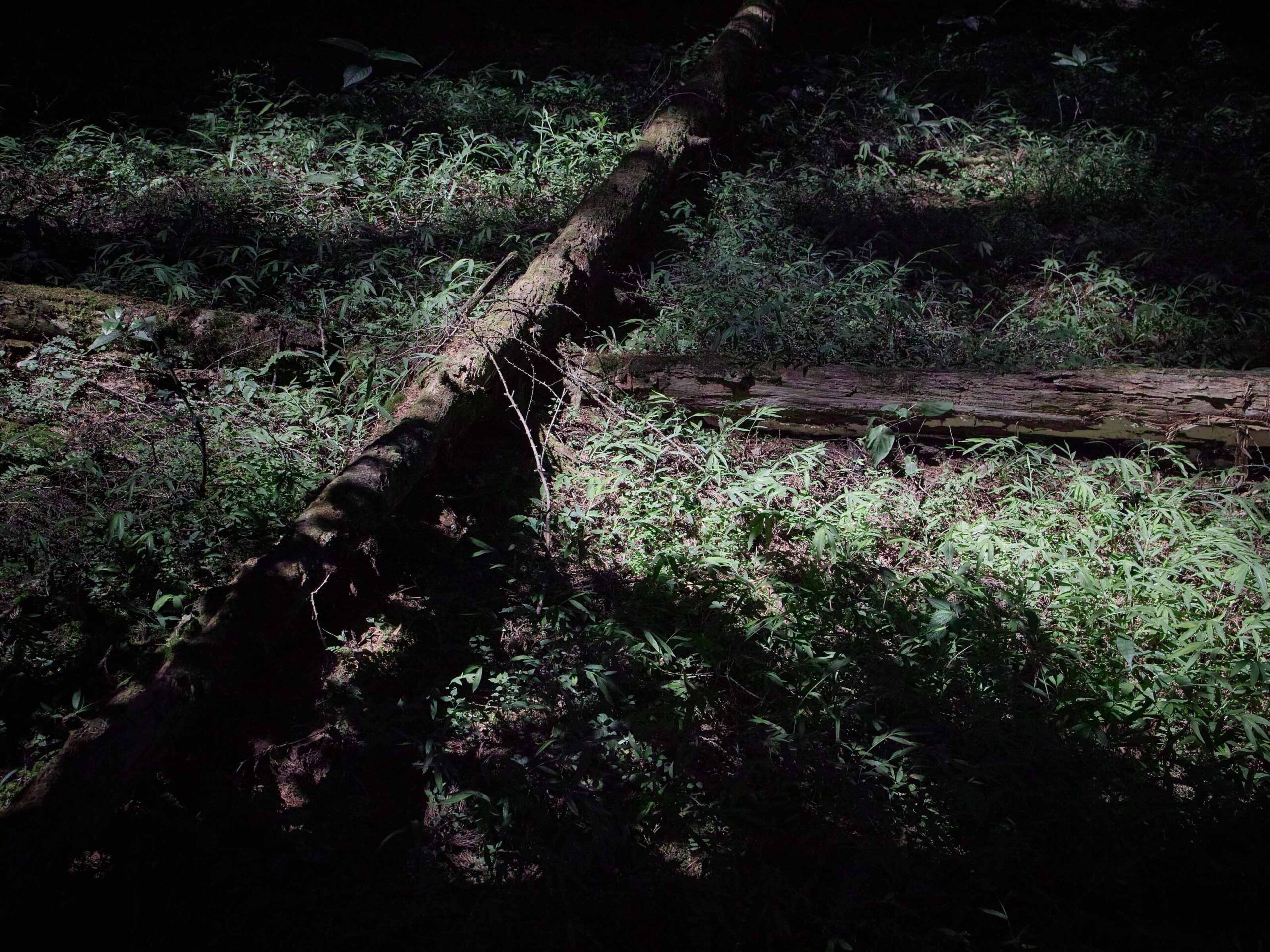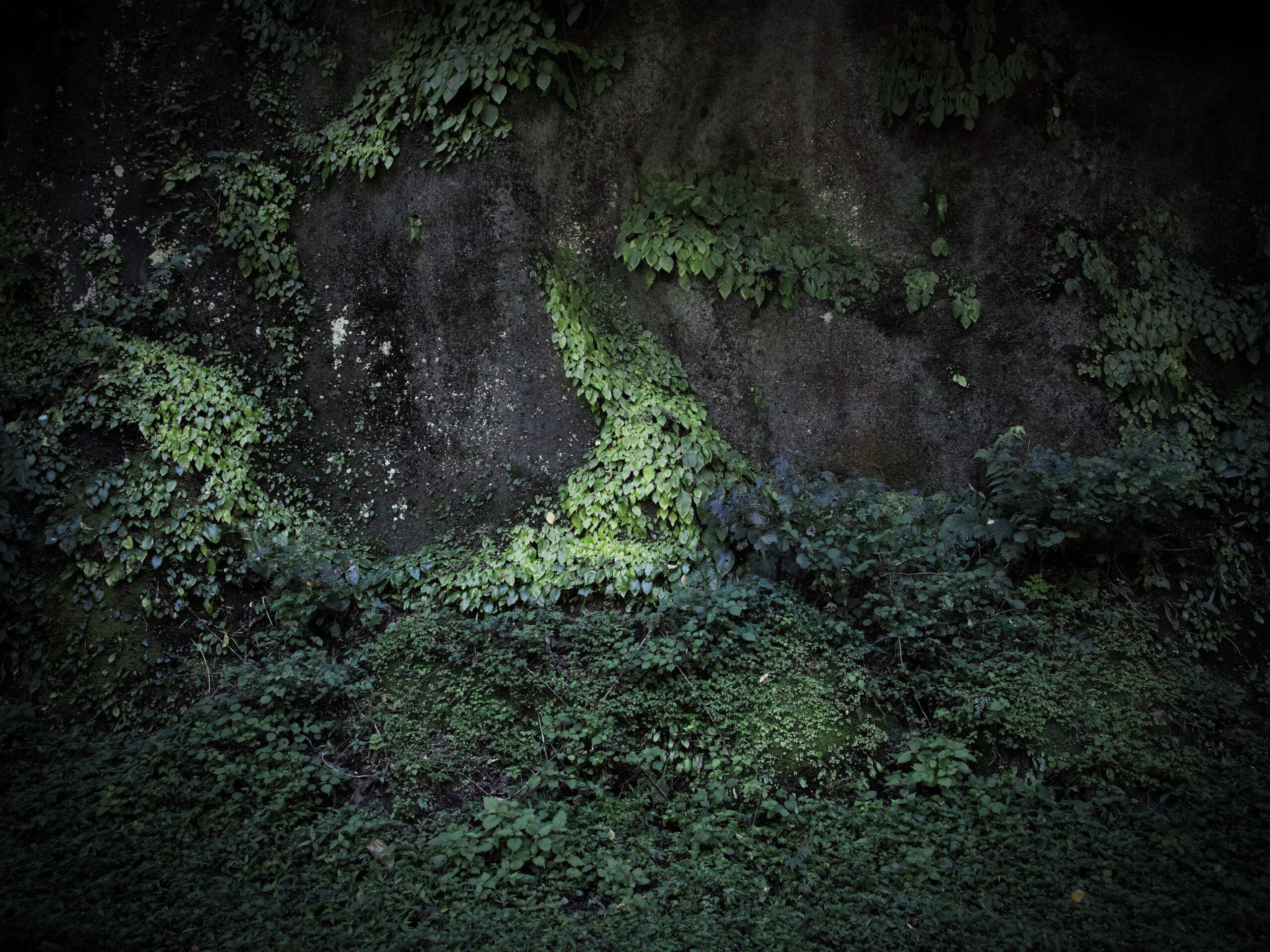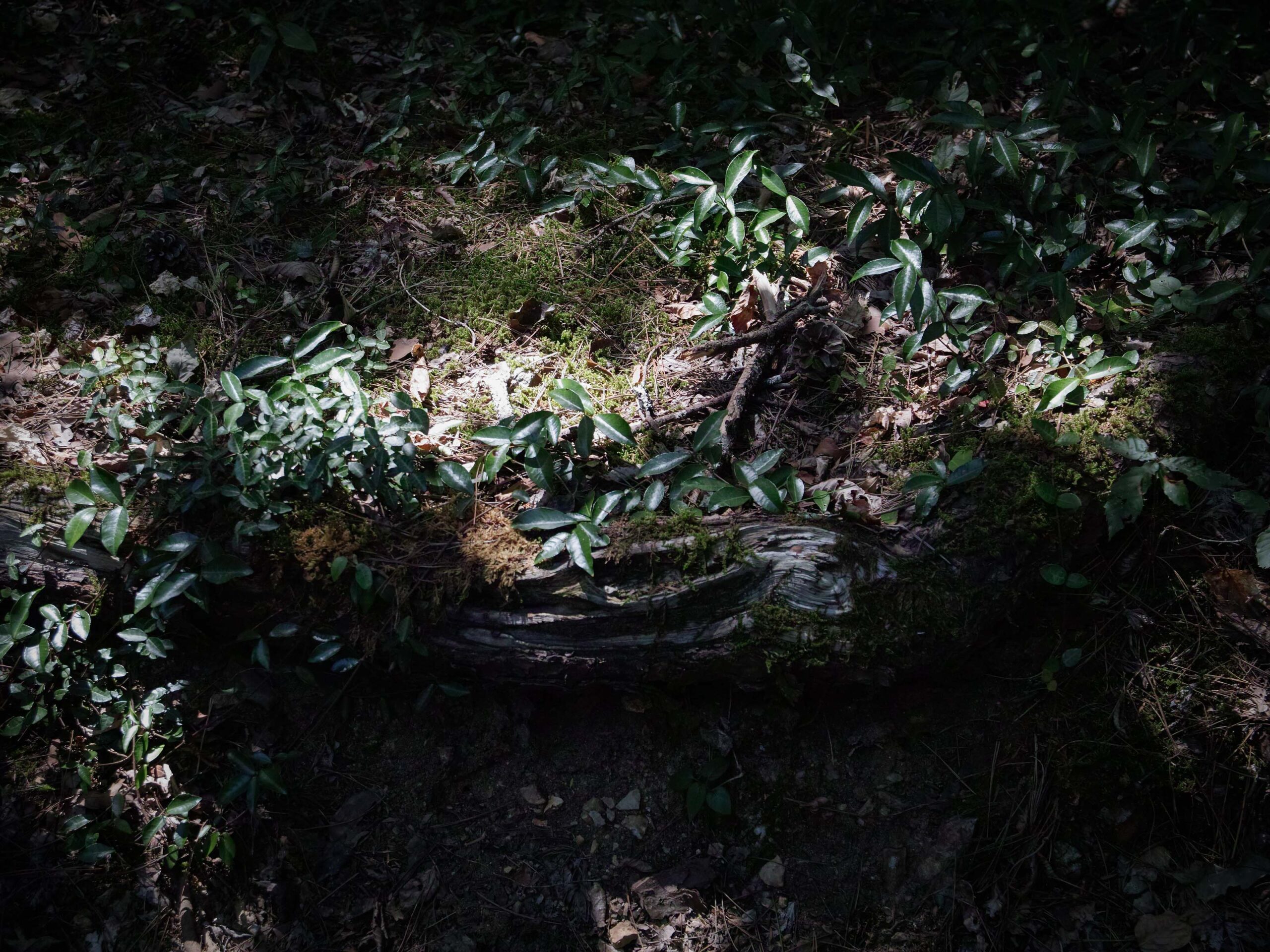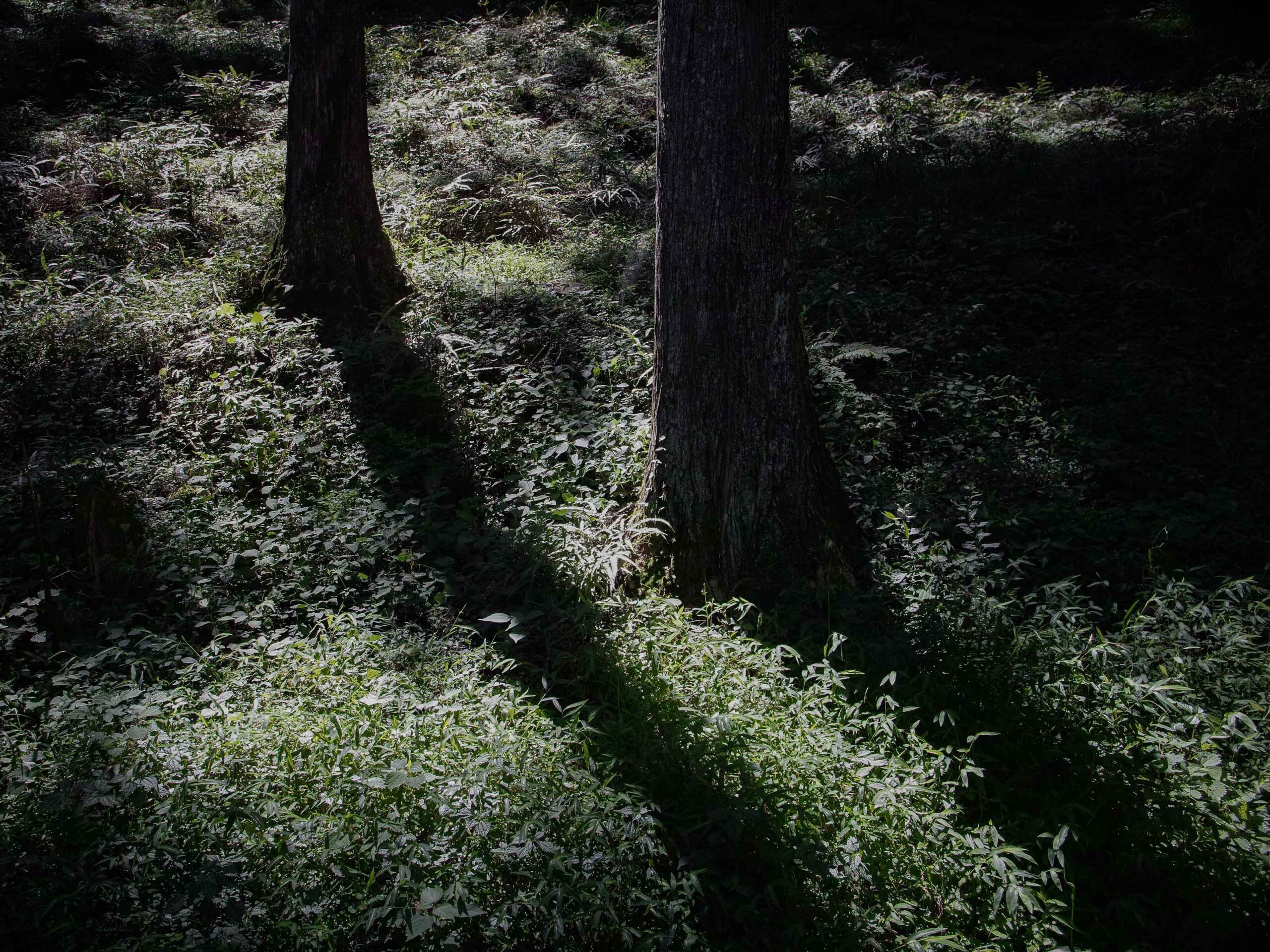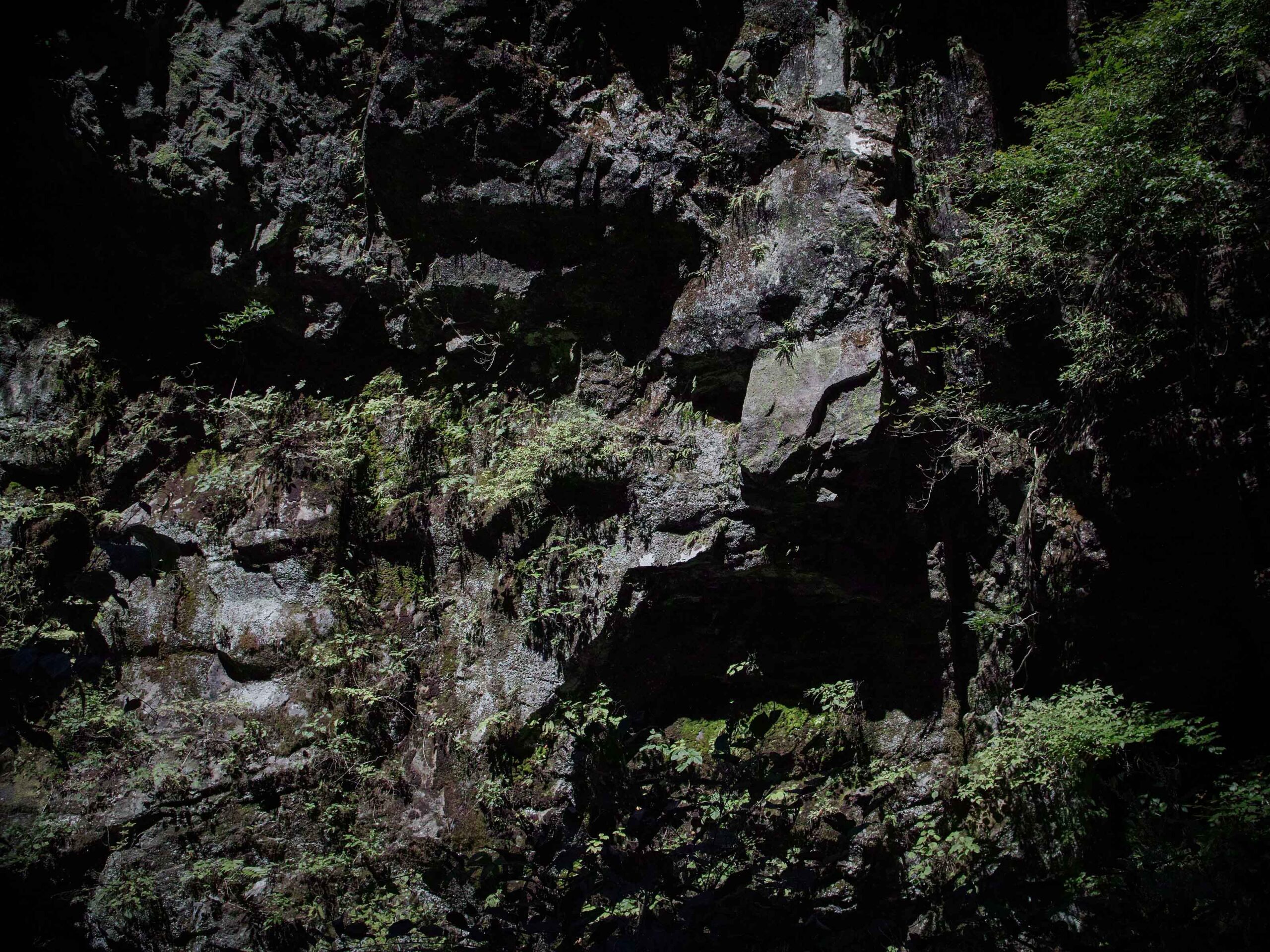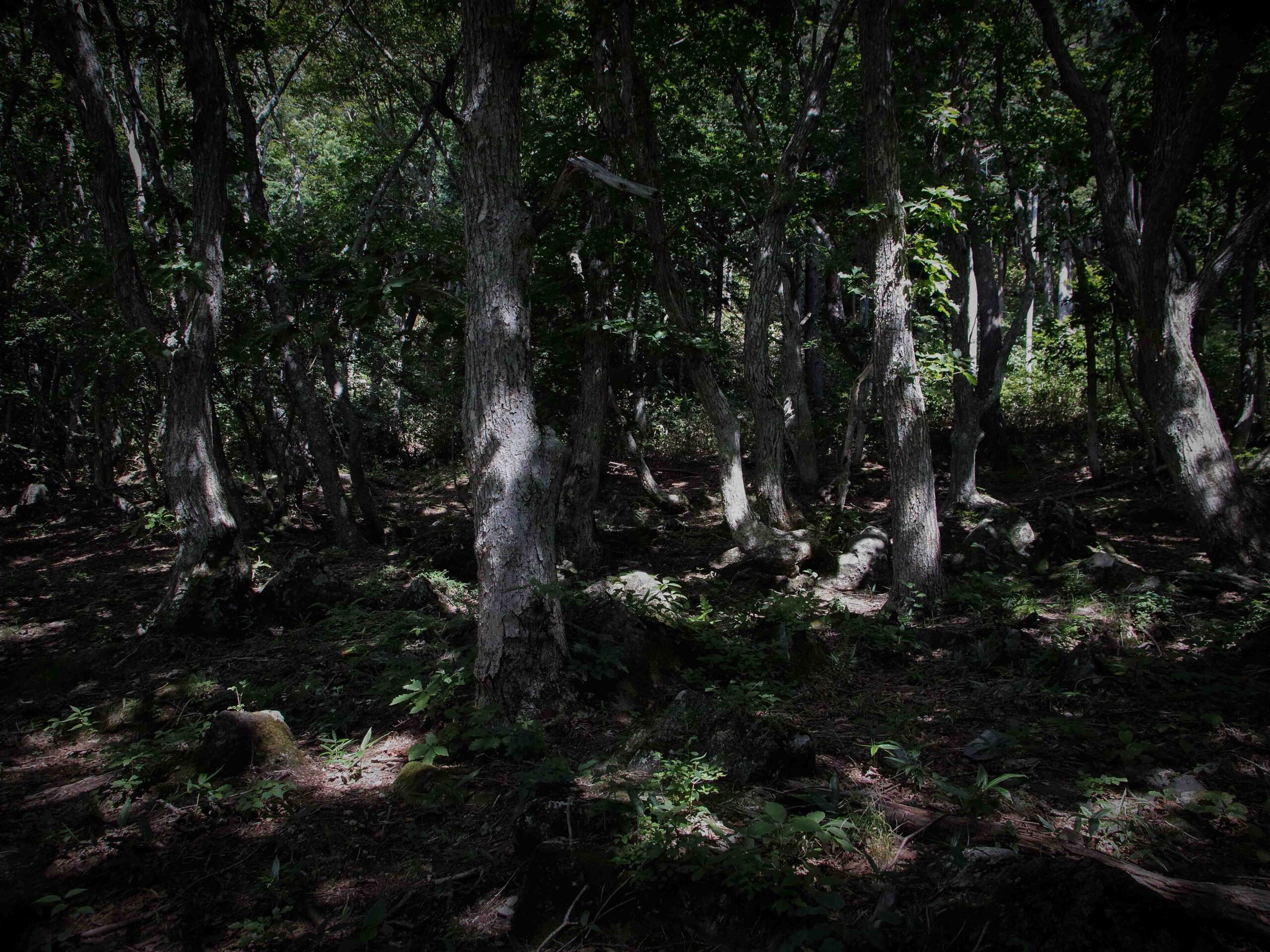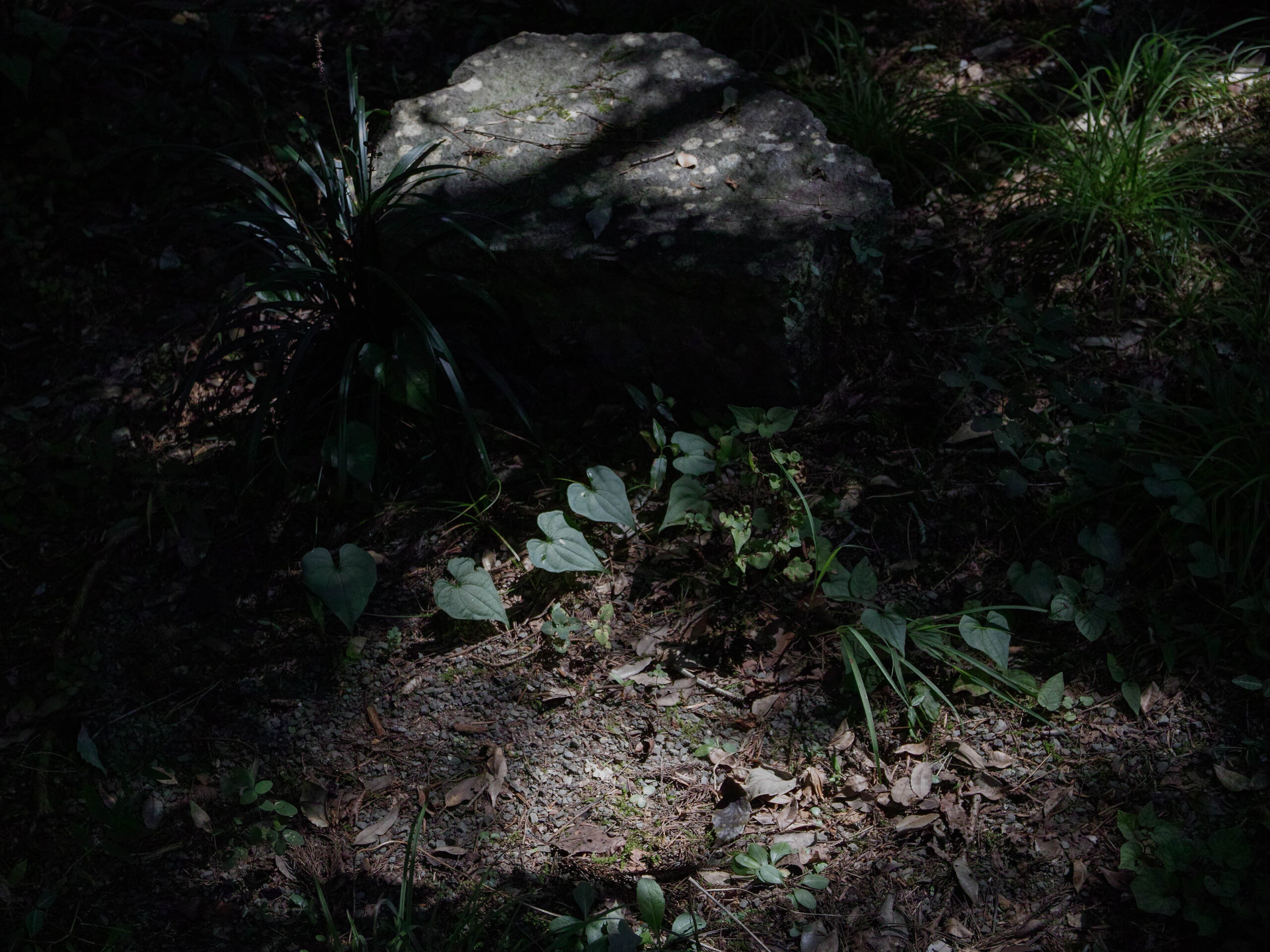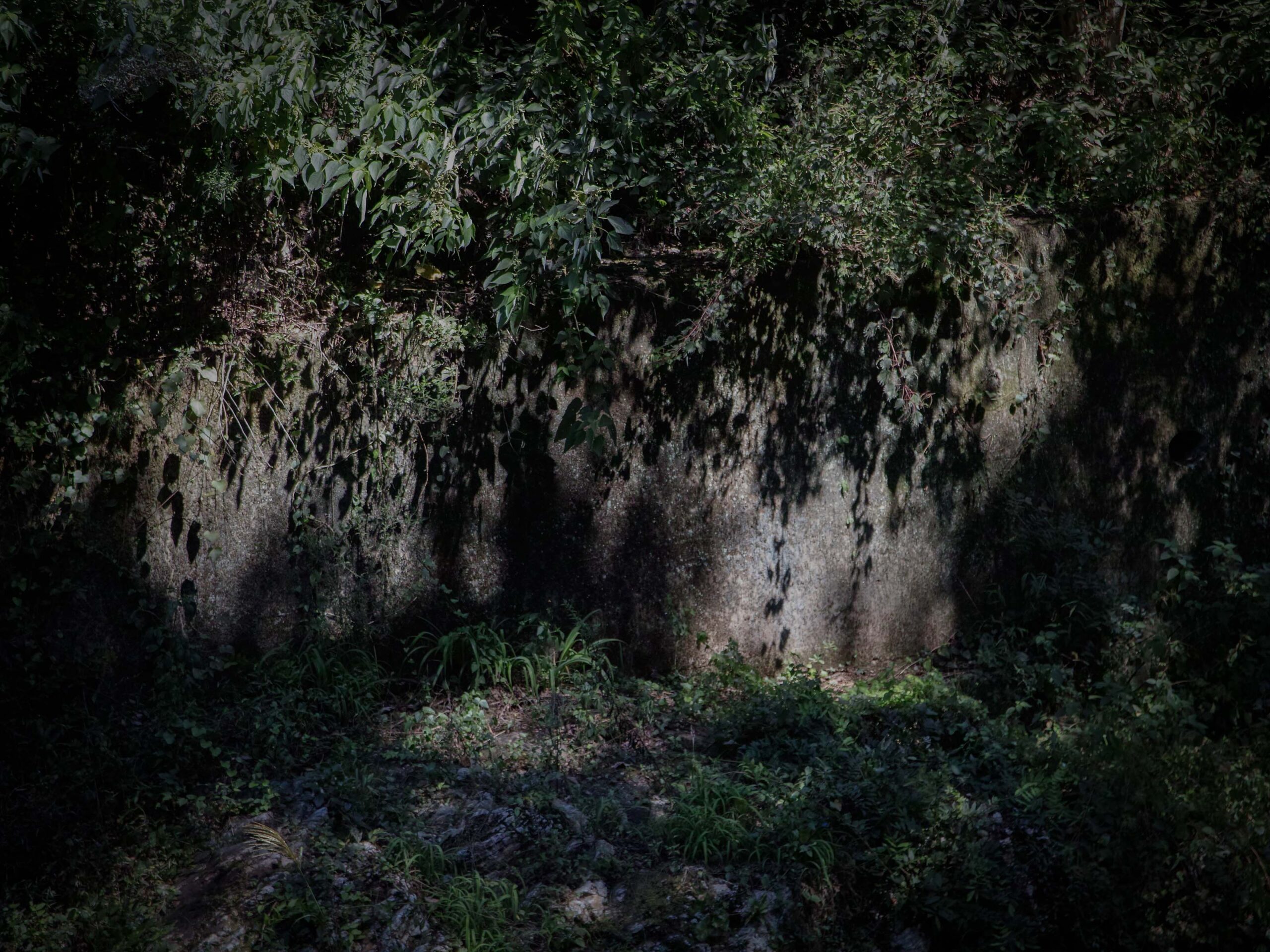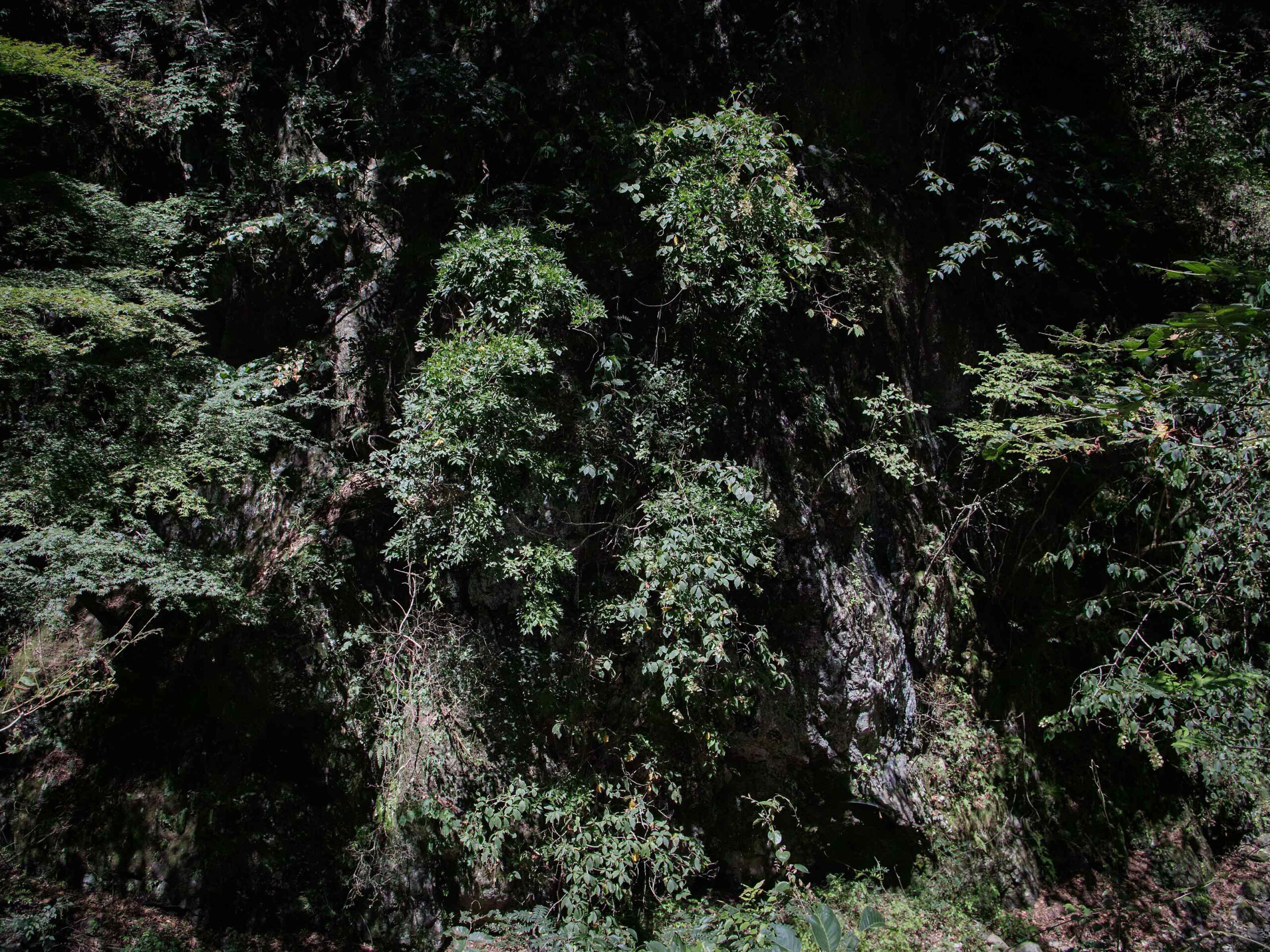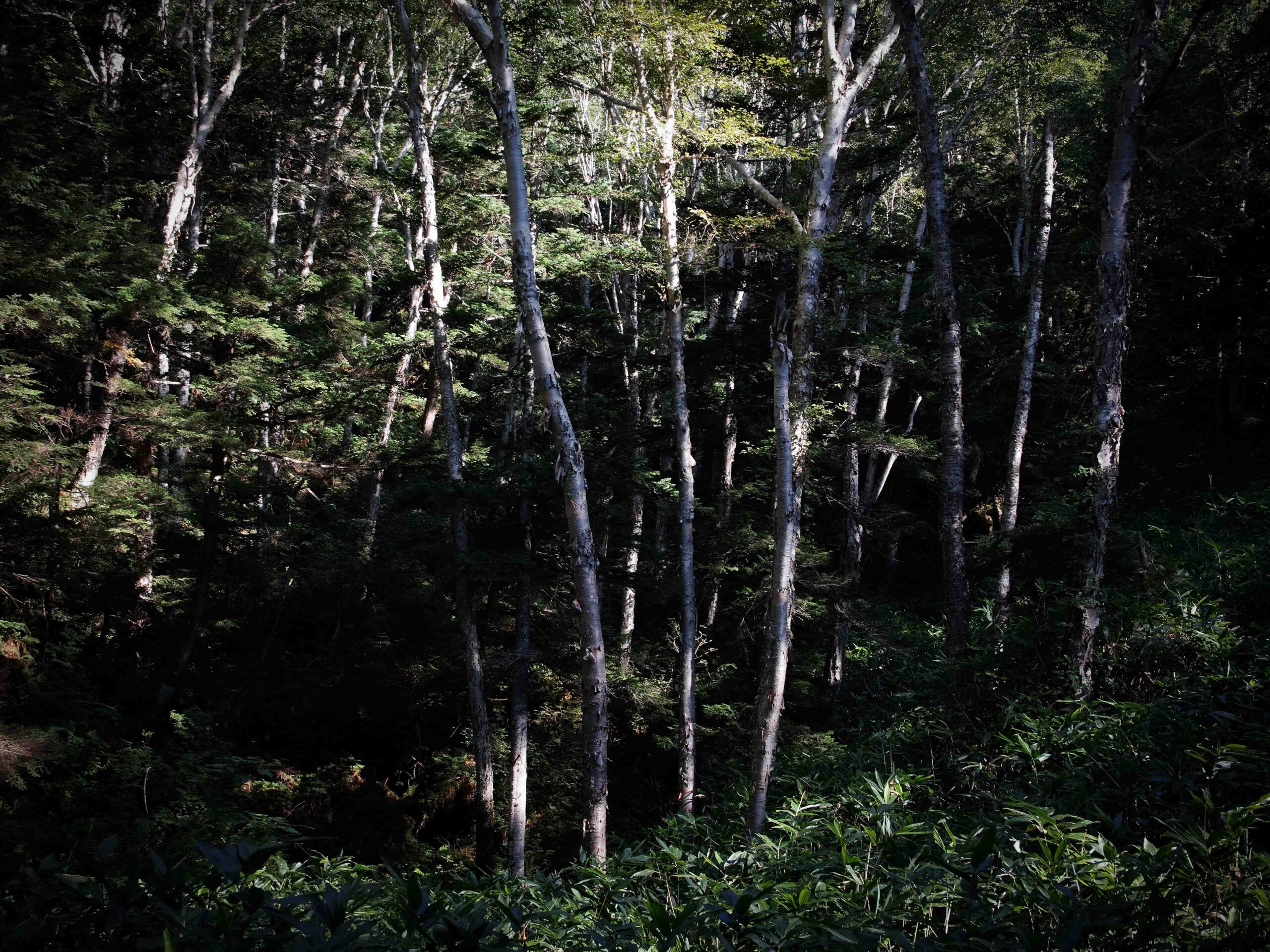Foveon の森
/ landscape
カメラについて詳しい方には今更説明の必要はないが、フルサイズでなんであれ一般的なセンサーは色情報を感知することはできない。要は明るさの検知であり、それにベイヤ配列と言われるRGBを1:2:1の割合で配列したフィルターにより色を推測しているに過ぎない。 Foveon sensor(ファビオンセンサー) は波長の短い方から順に吸収するシリコンの性質を利用して3層のセンサーによりRGB(赤と緑と青)を別々に感知する。カラーフィルムと同じ理論で光を捉えていると言ってよい。そこで得られた光(色)は、一般的センサーには作り得ないものであり、特に青、ファビオンブルーは他の追随を許さない。 100年以上前のパリ万国博覧会において、北斎や広重の青が「北斎ブルー」「広重ブルー」と呼ばれ、当時の世界の中心であった西洋人を驚かせたたことは有名である。今まで、モノクロームで風景写真を撮っていたが、カラーに挑戦するにあたり同時にファビオンの色に挑戦したい。 今回はグリーンであるが、いずれファビオンレッド、そしてファビオンブルーに挑戦したい
For those who are familiar with cameras, there is no need to explain this, but a typical sensor, full-size or otherwise, is not capable of detecting color information. In essence, they only detect brightness and infer color using a Bayer array of RGB filters arranged in a 1:2:1 ratio. The Foveon sensor detects RGB (red, green, and blue) separately using a three-layer sensor that takes advantage of the property of silicon to absorb wavelengths in the order of shortest to longest. It can be said that light is captured based on the same theory as color film. The light (color) obtained is unmatched by ordinary sensors, especially in blue and fabion blue. It is well known that the blue of Hokusai and Hiroshige was called "Hokusai blue" and "Hiroshige blue" at the Paris Exposition over 100 years ago, astonishing Westerners who were the center of the world at that time. I have been taking landscape photographs in monochrome until now, but I would like to challenge the color of fabion at the same time as I try color. This time I have used green, but I would like to try fabion red and fabion blue in the future.
